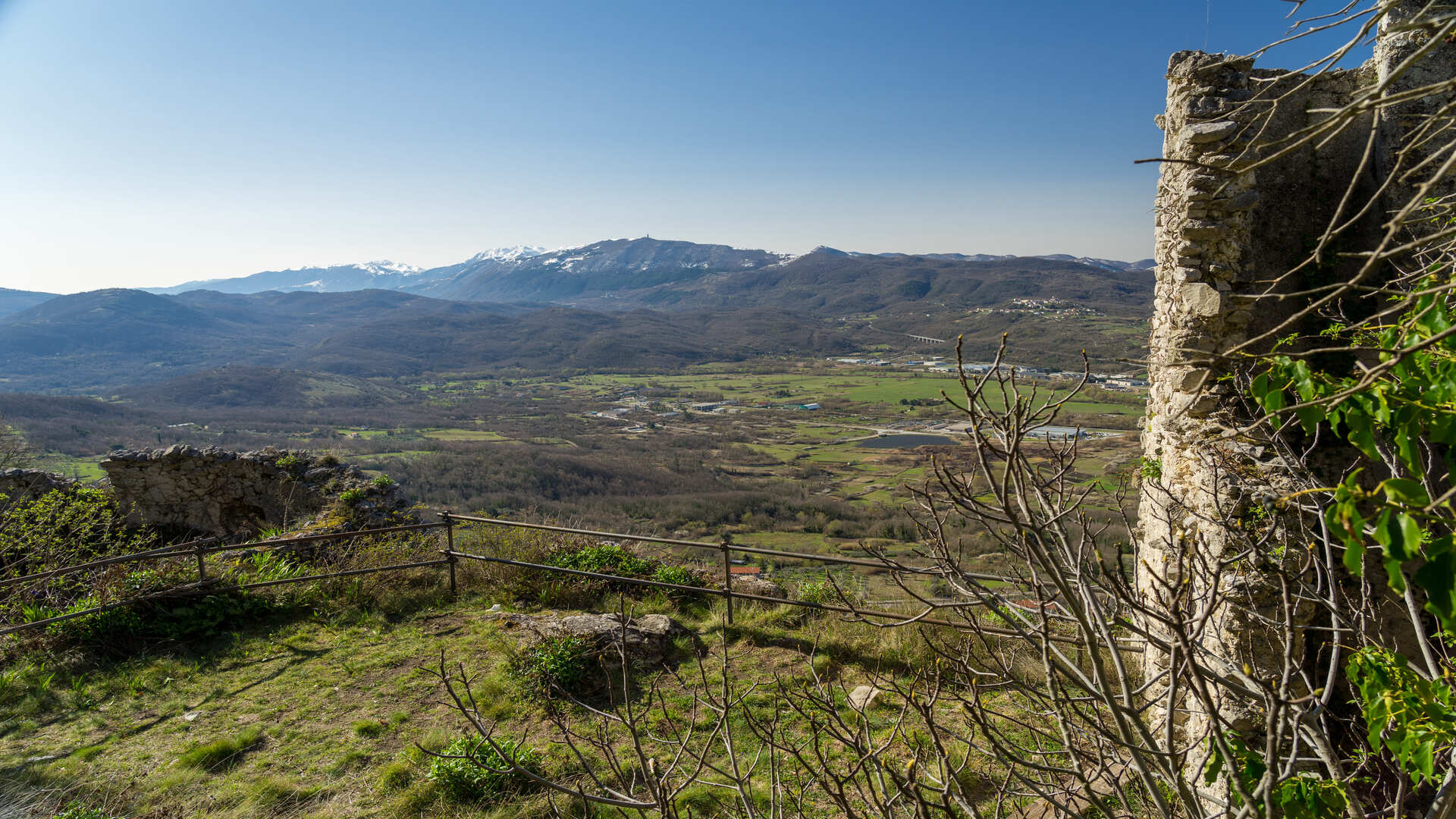Points of interest
Points of interest
Let the journey begin!
Number of results: 659
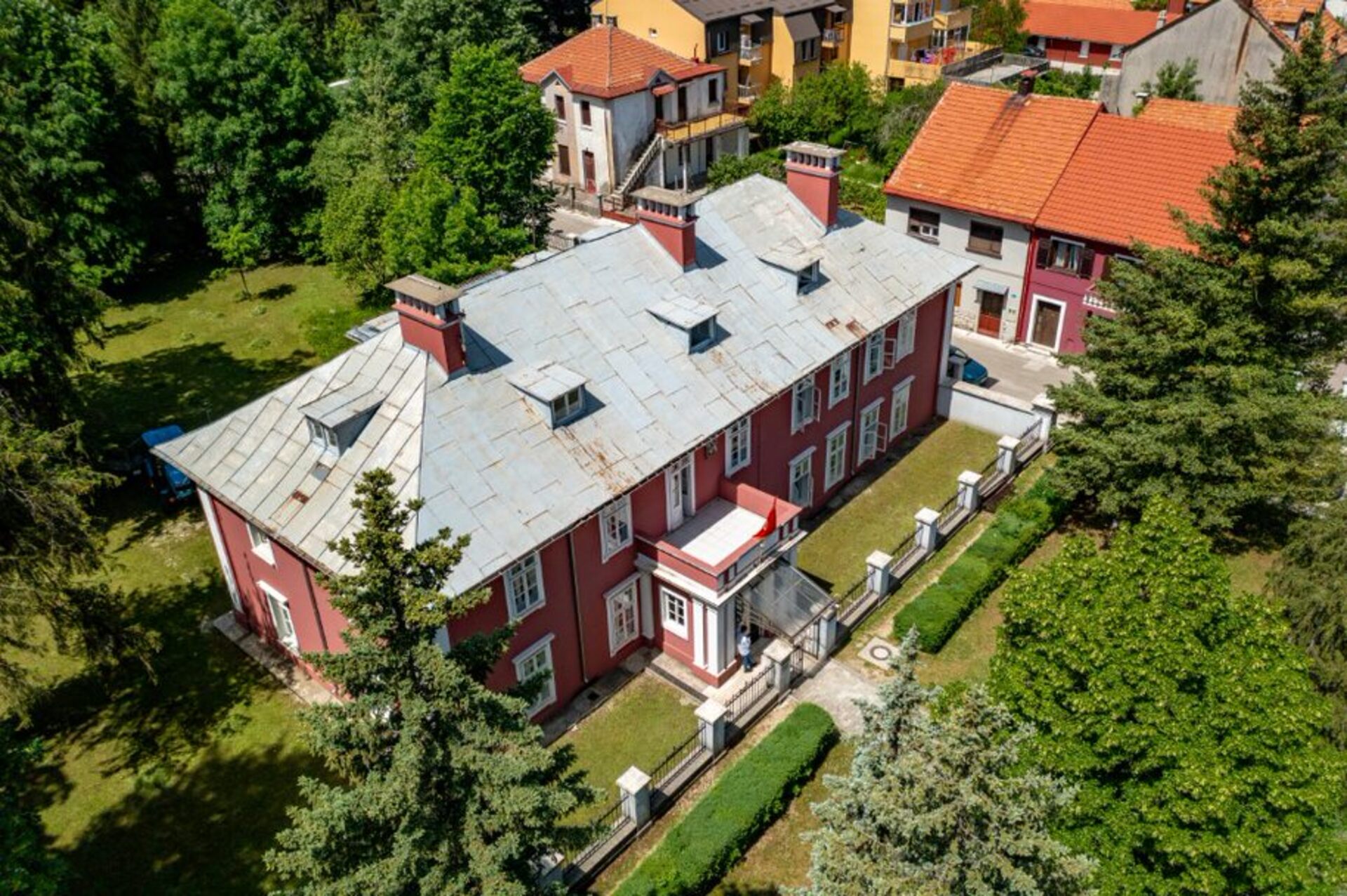

Former English Embassy
Montenegro
81 250 Cetinje
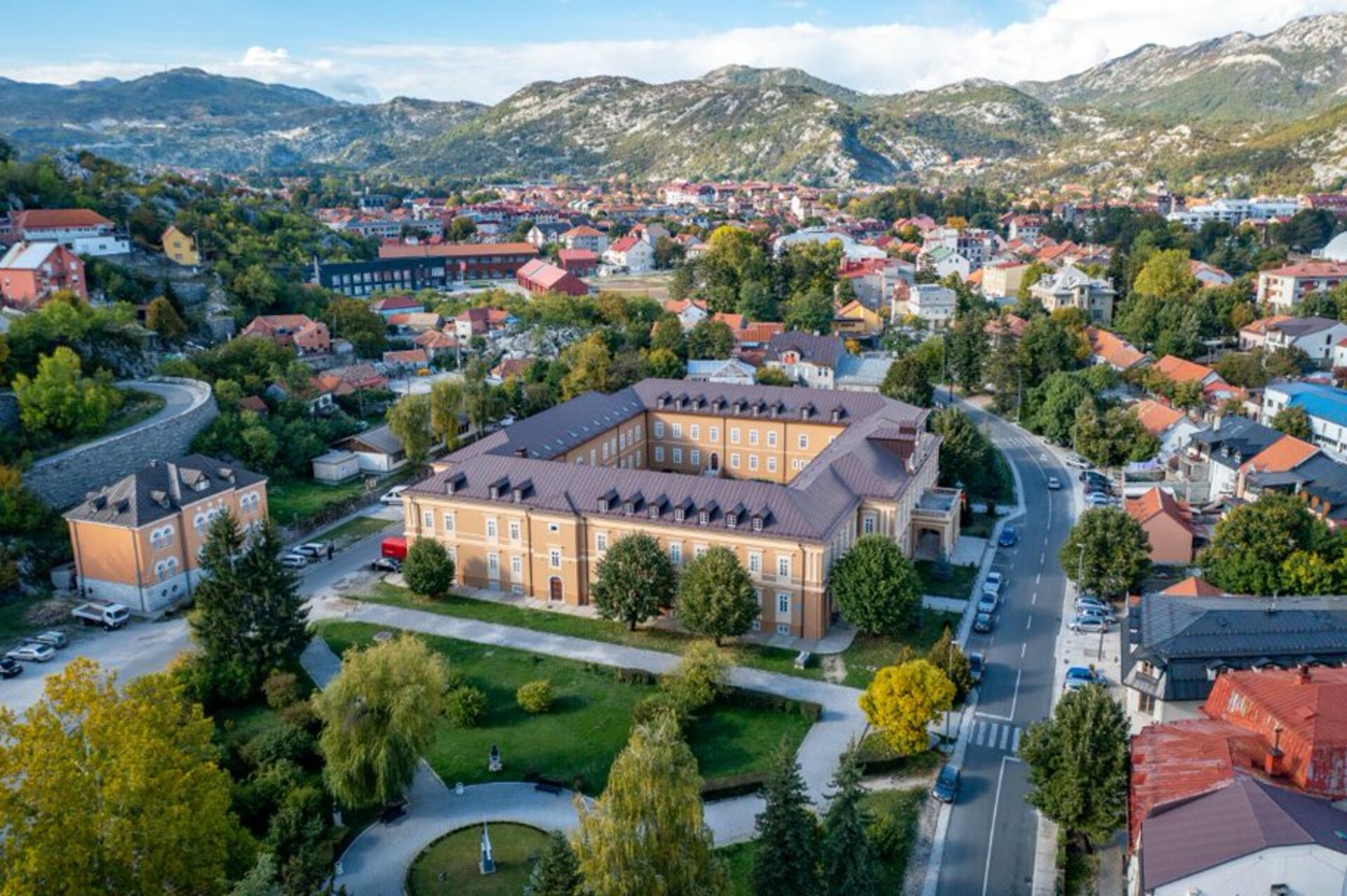

Government house
Montenegro
81 250 Cetinje
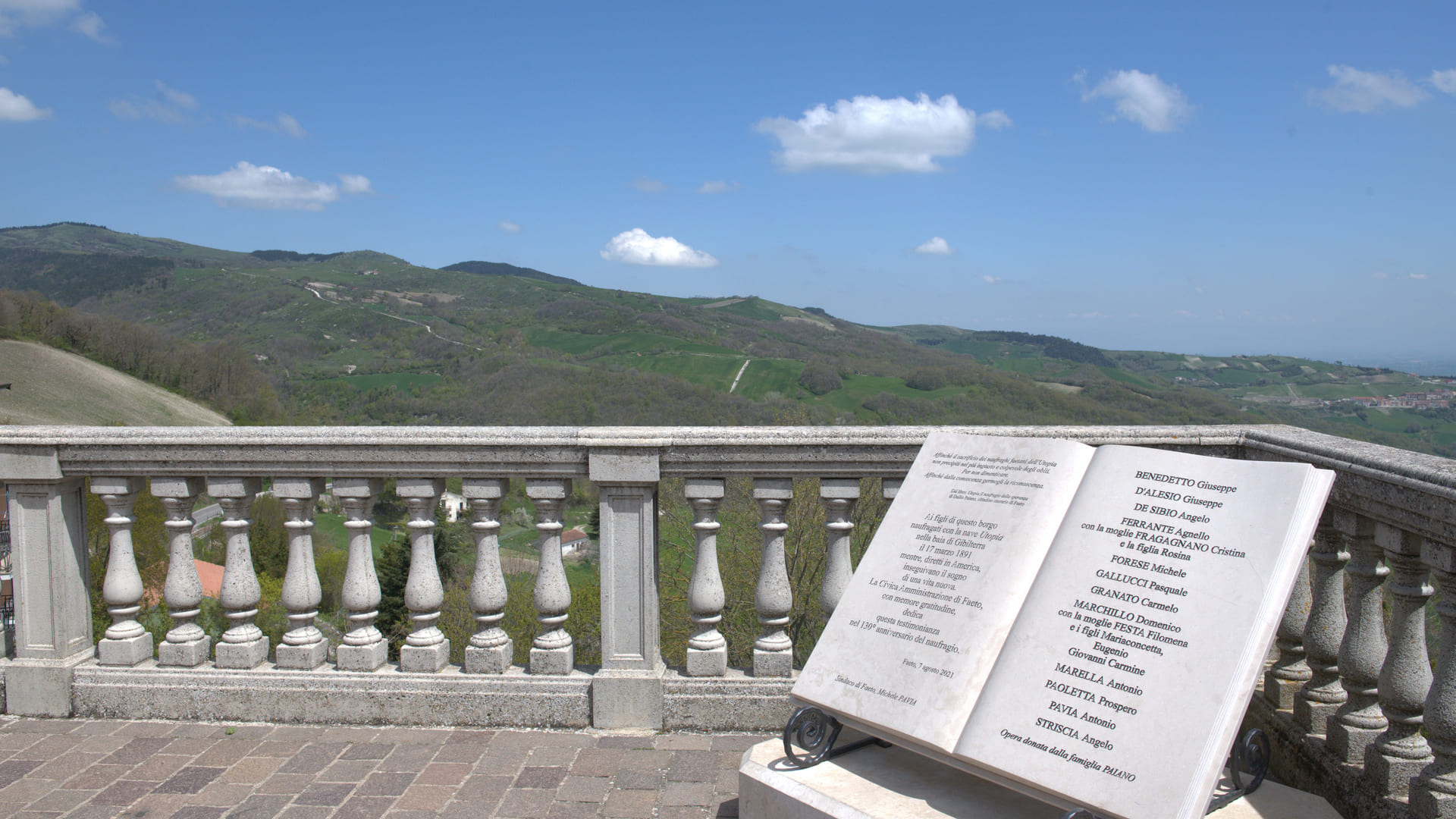

Centro storico di Faeto
Puglia
.jpg/66f6f78e-b4cd-756b-ec1c-1cae187f15b1)

Location Sastavci (Remains of Depedogen Fortress, Hadzi Pasha Bridge)
Montenegro
81000 Podgorica
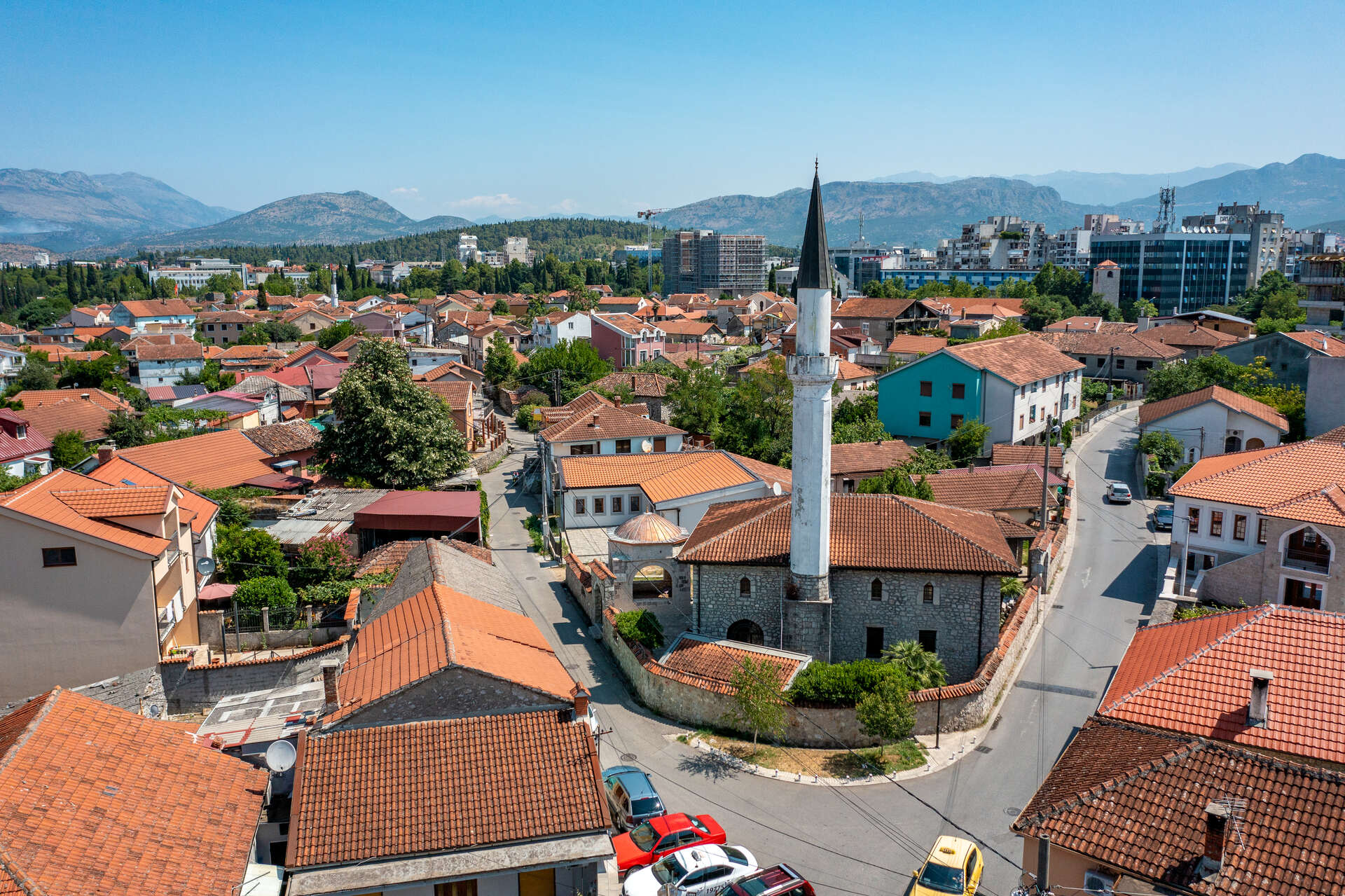

Osmanagic Mosque
Montenegro
81000 Podgorica
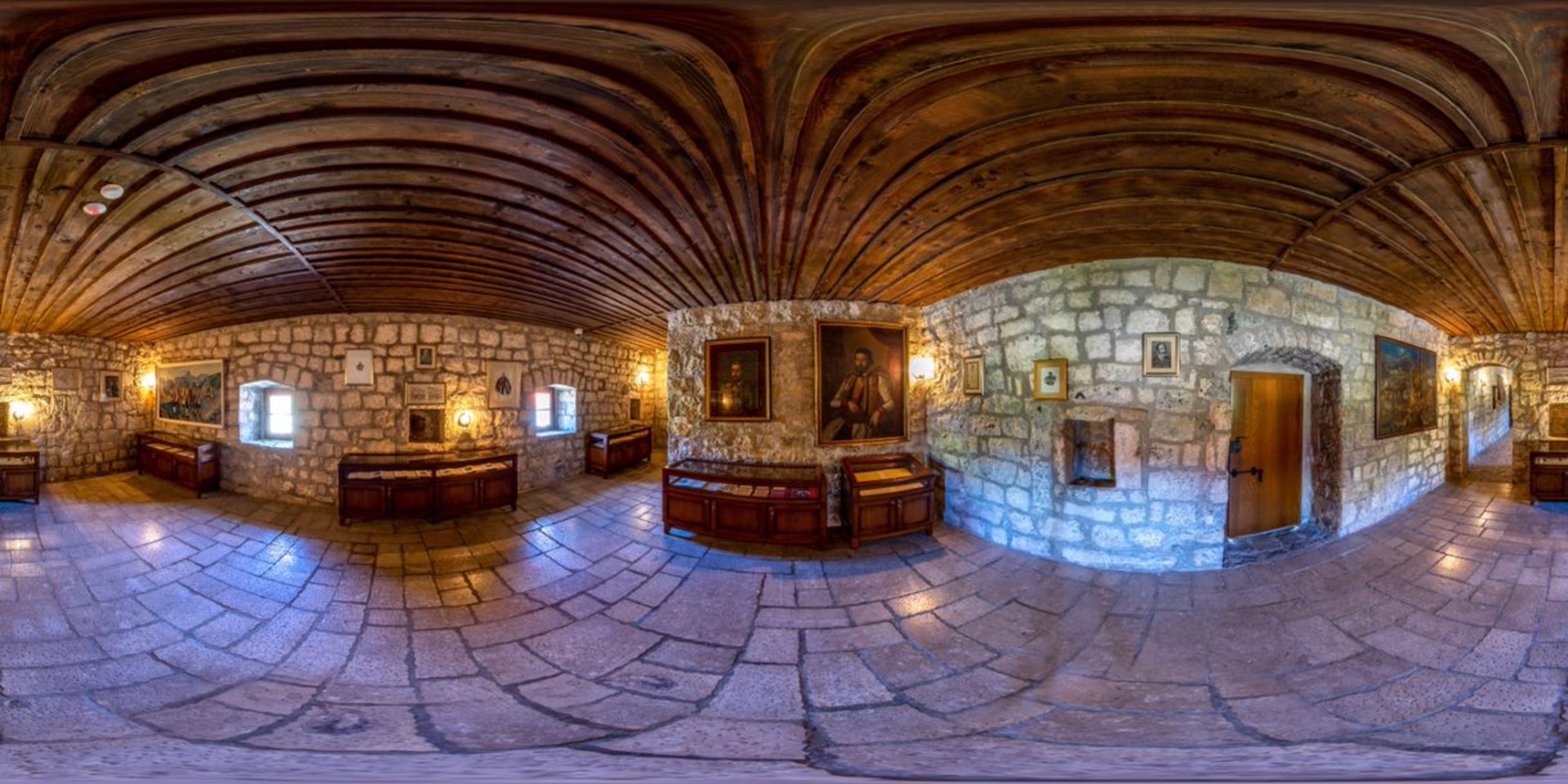

Njegos's birth house
Montenegro
81 255 Njegusi, Cetinje
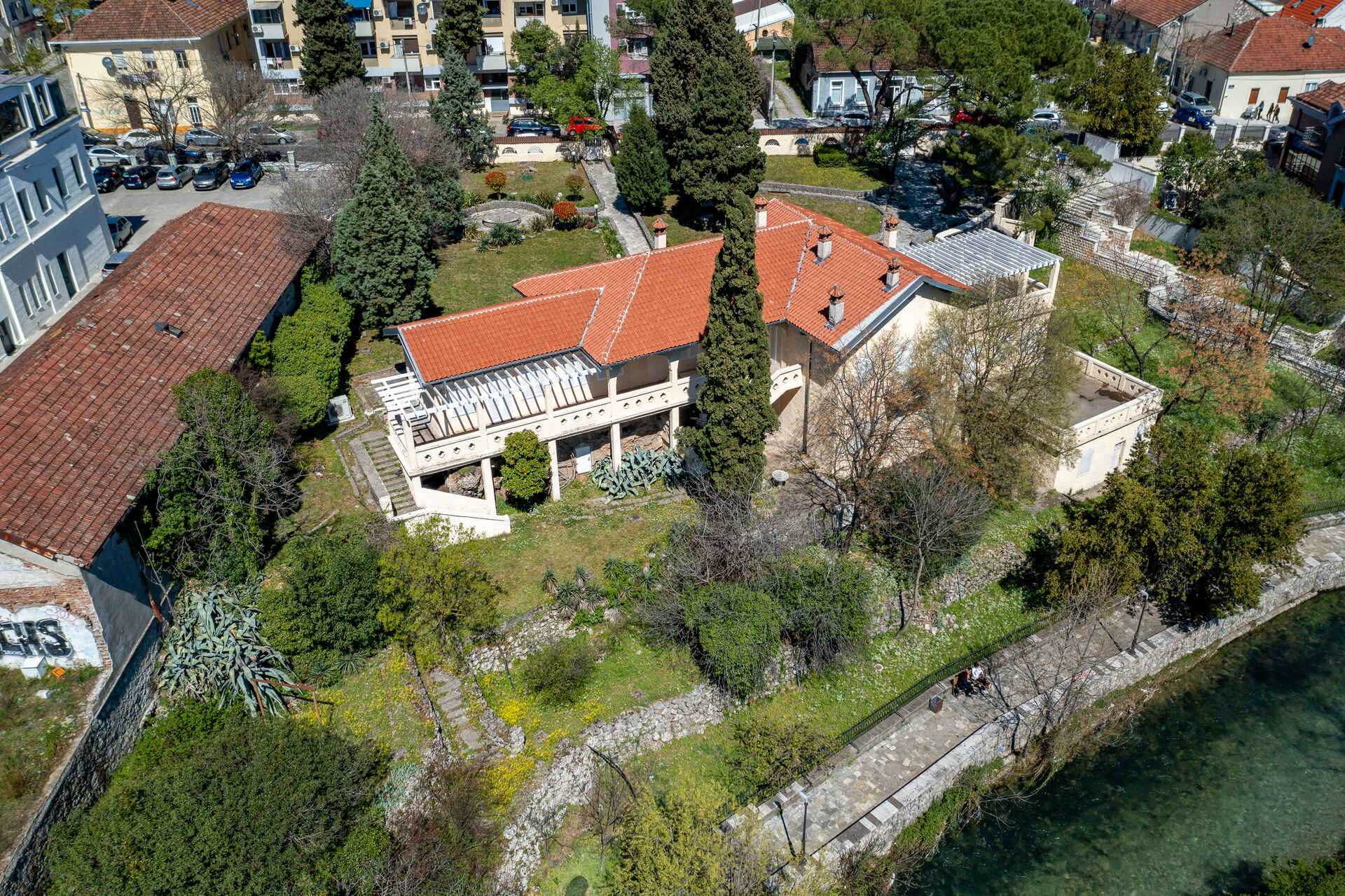

Kuslev’s house and Hamam
Montenegro
81000 Podgorica
.jpg/e59d70a5-91d3-48b8-7fc7-937afafcb563)

City Museum of Podgorica
Montenegro
81000 Podgorica
.jpg/6ef96176-9e00-932a-903f-51ac15943836)

Fortress Medun
Montenegro
81000 Podgorica
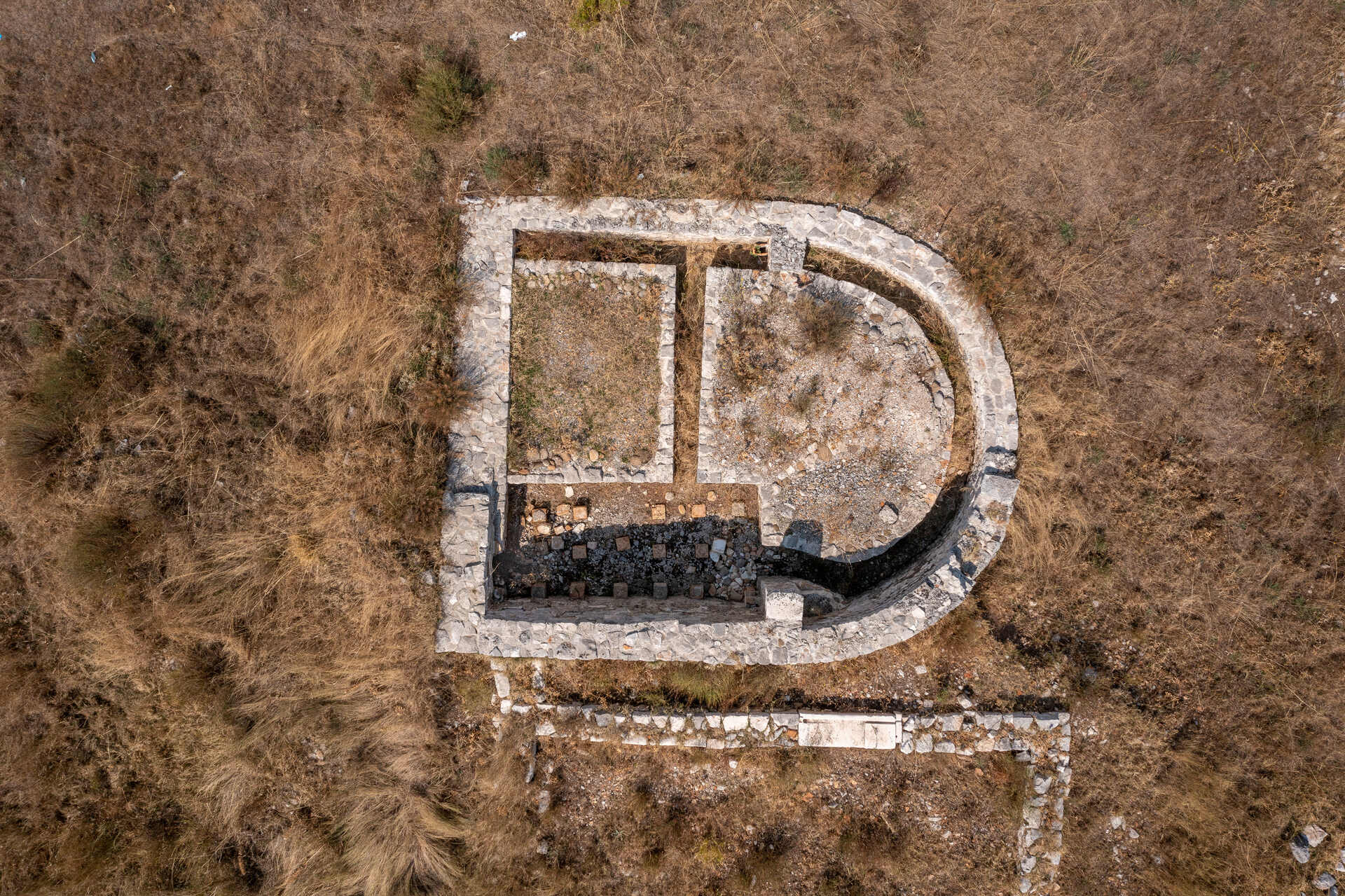

Dioclea
Montenegro
81000 Podgorica
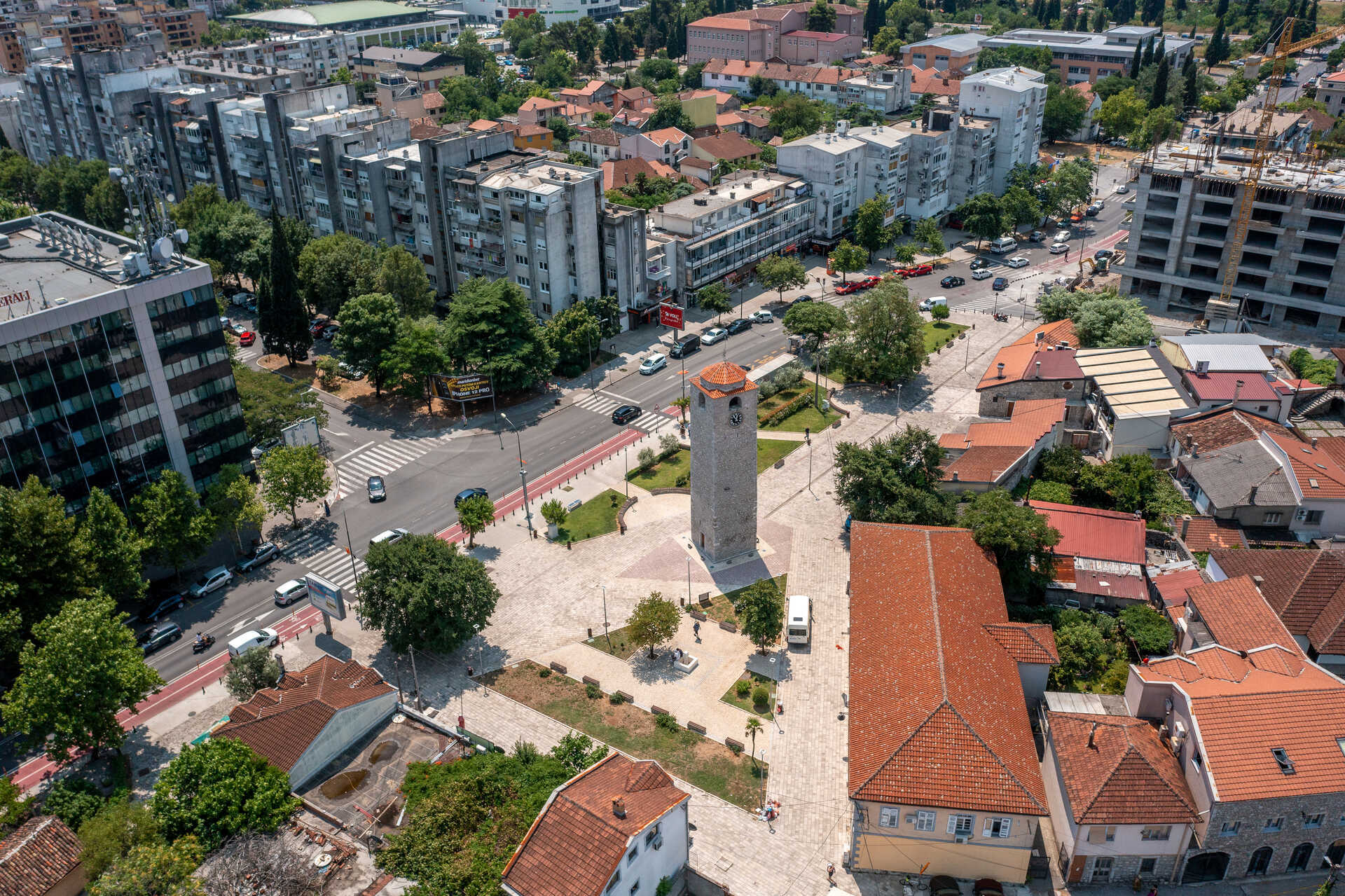

The Clock Tower
Montenegro
81000 Podgorica
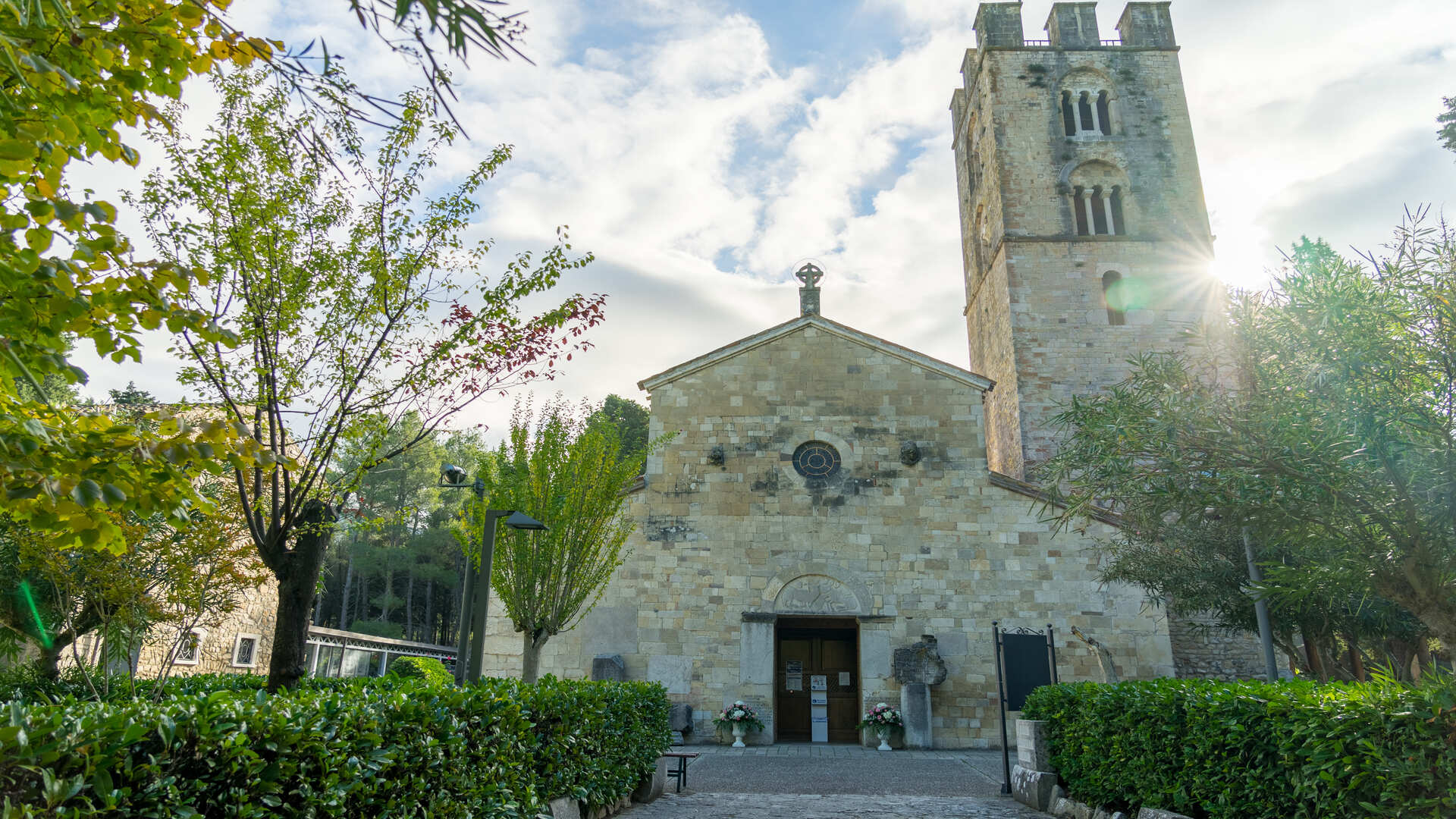

Villa Rustica Santa Maria del Canneto Roccavivara
Molise
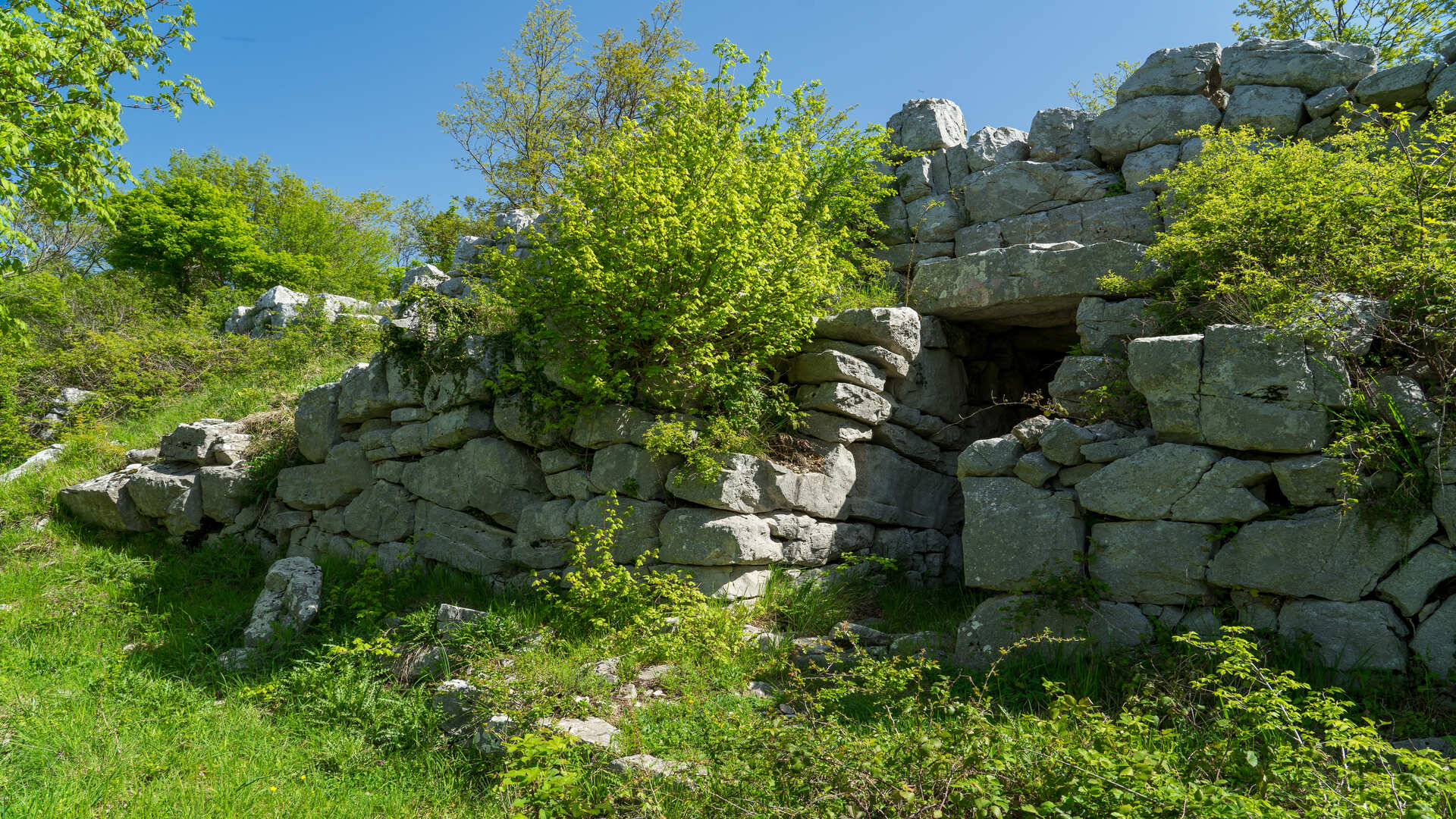

Torravecchia di Sepino
Molise
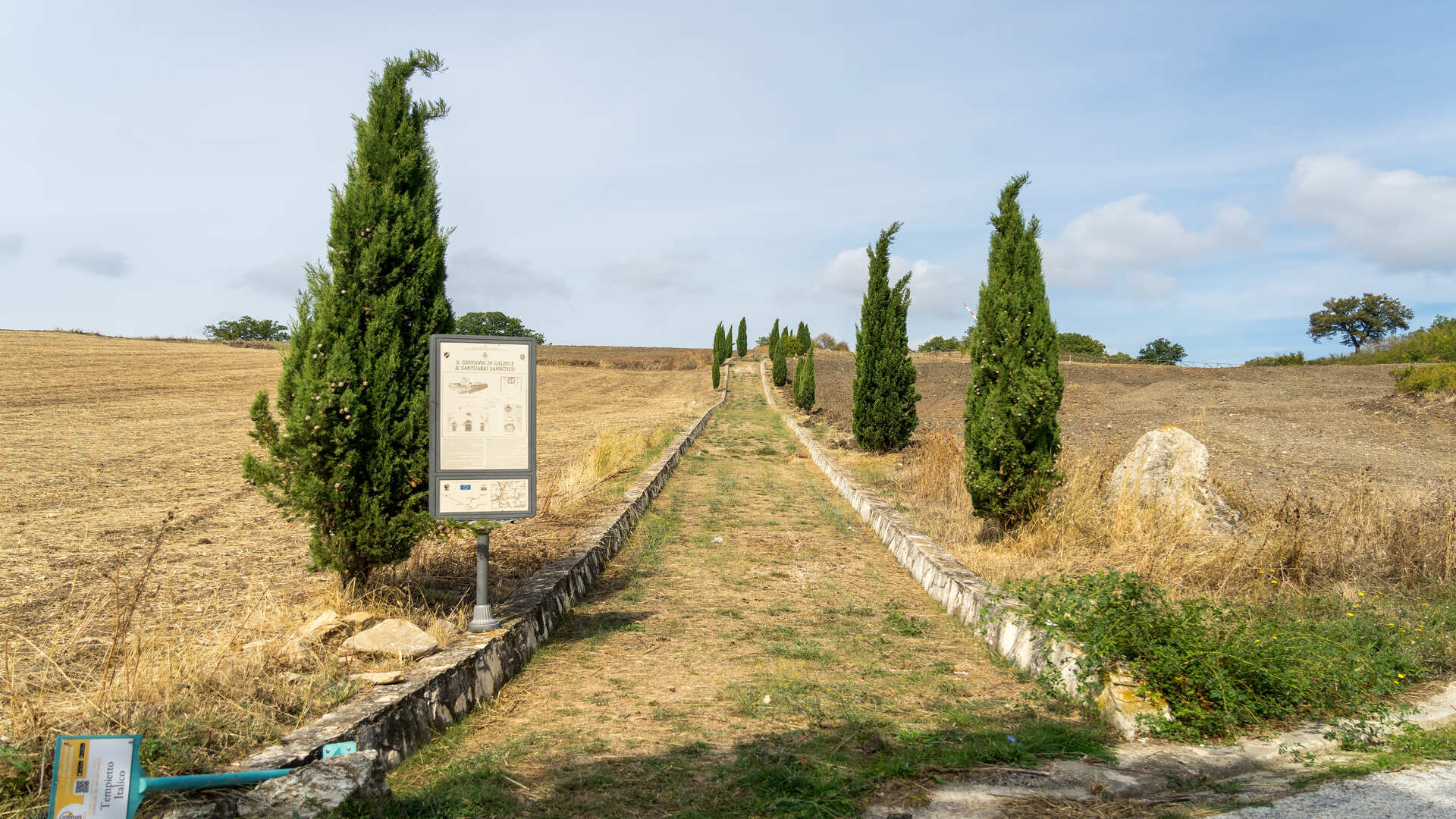

Tempio Italico San Giovanni in Galdo
Molise
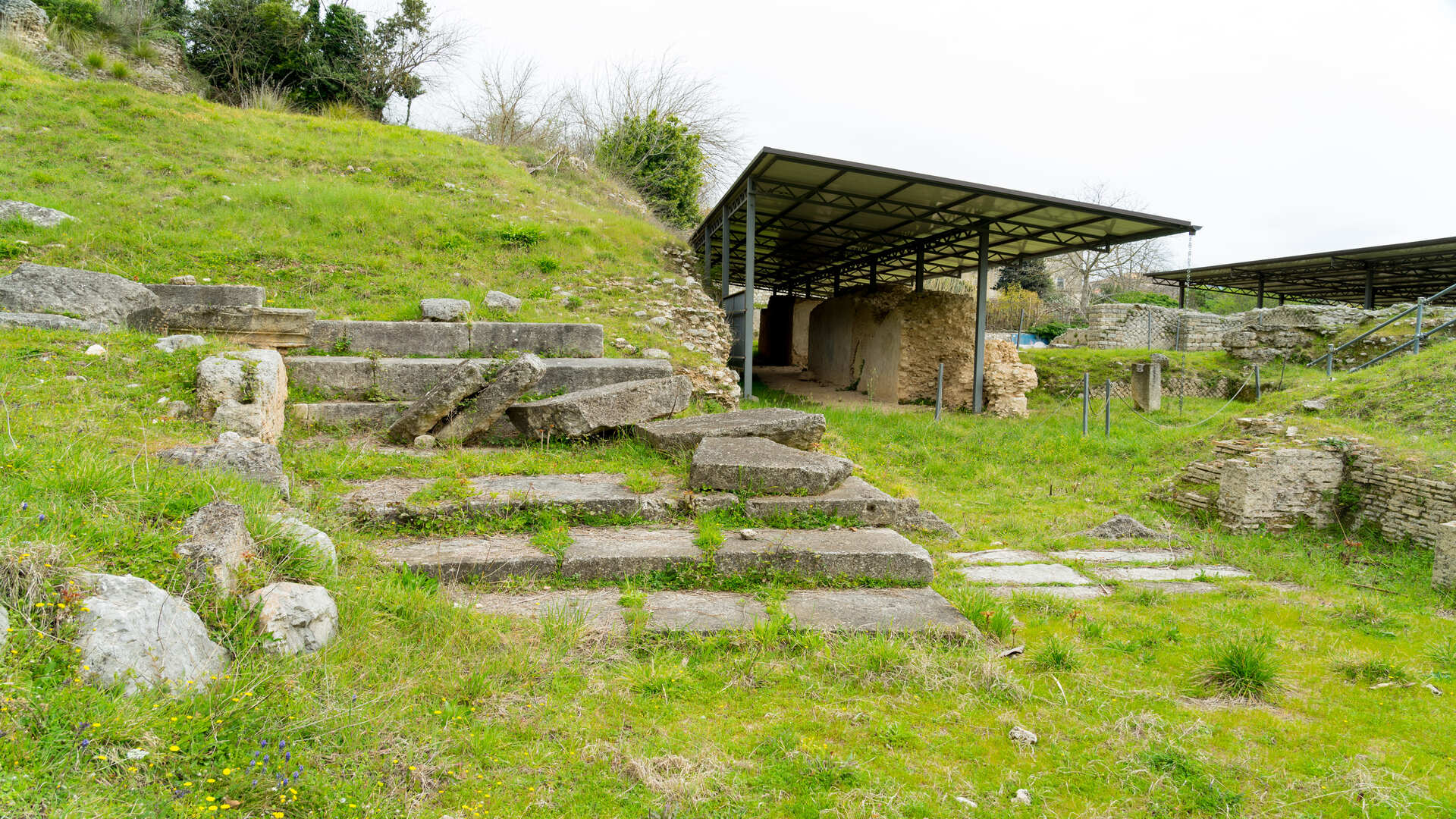

Teatro Romano Venafro
Molise
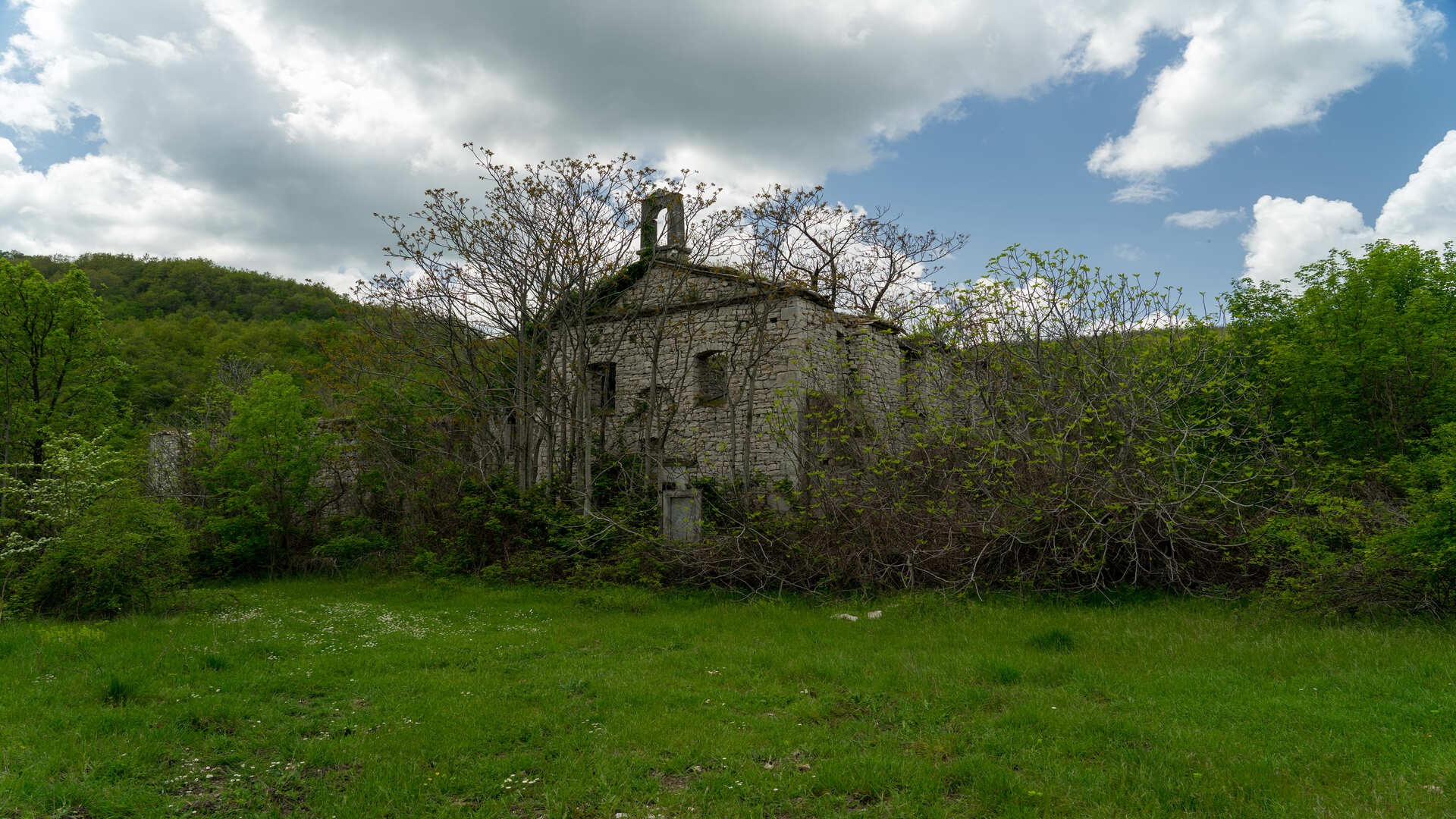

Il Conventino di Sepino
Molise
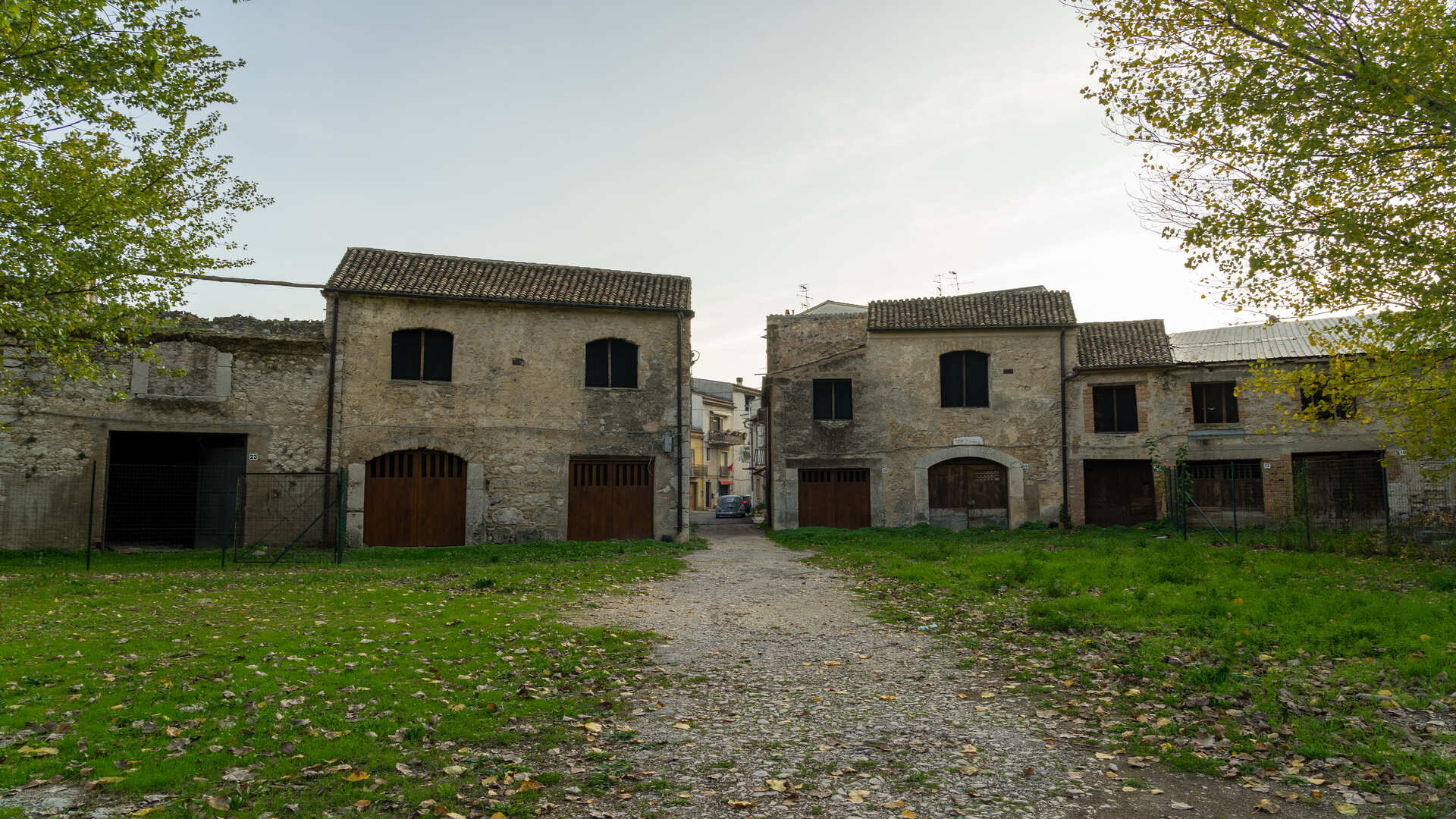

Anfiteatro Verlasce Venafro
Molise
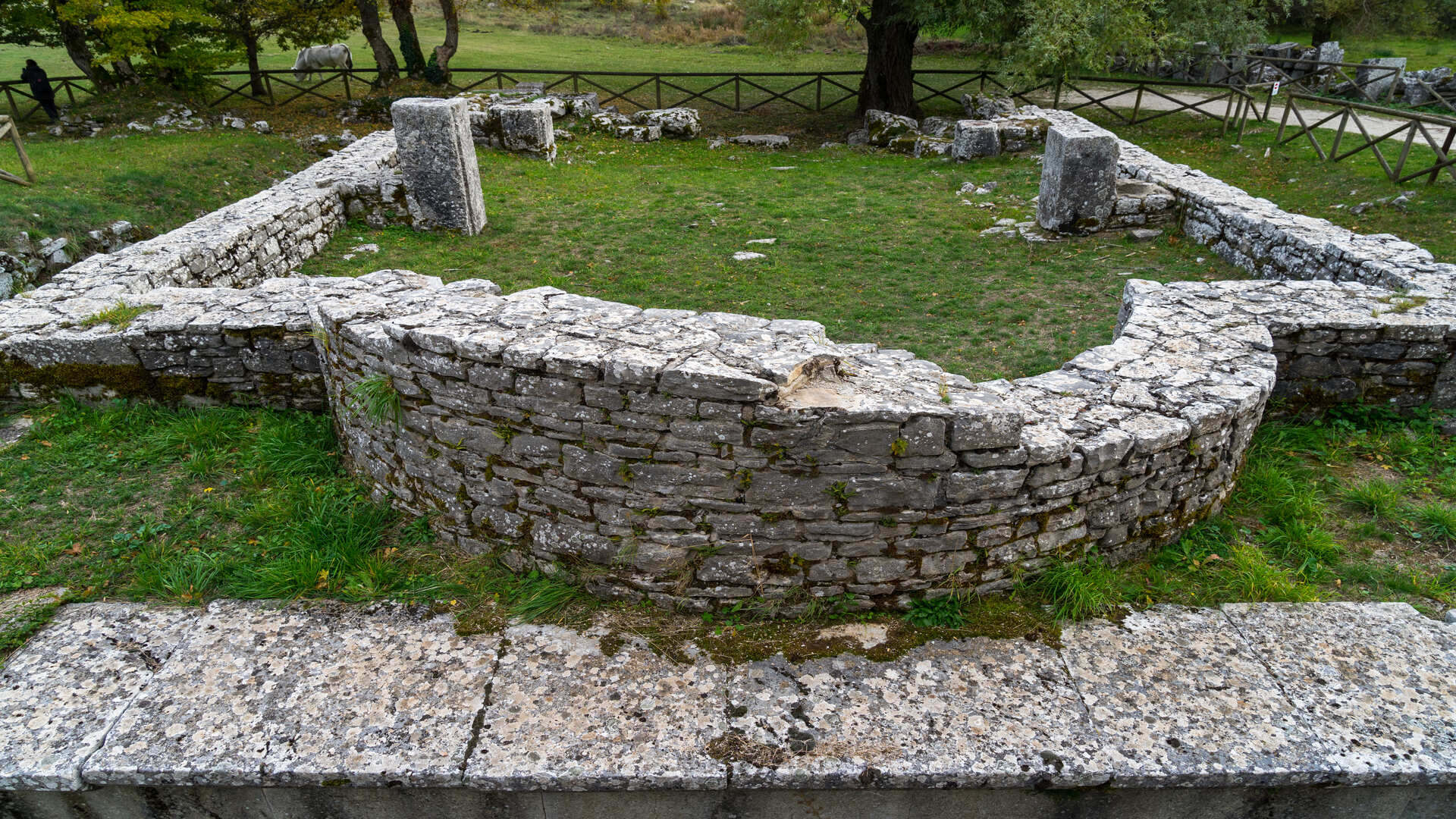

Area sacra tempio Vastogirardi
Molise
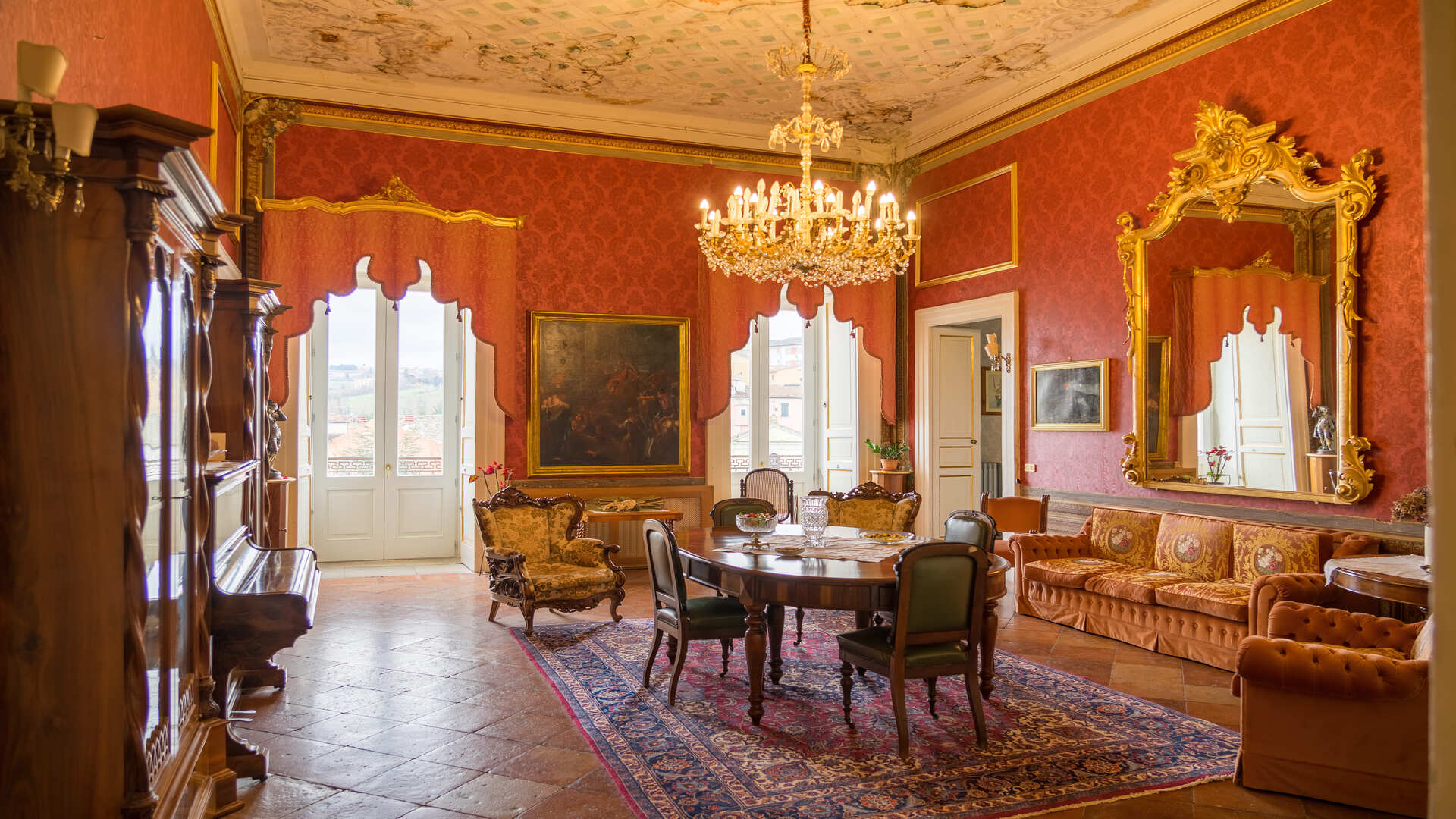

Palazzo Marchesale di Ripalimosani
Molise
